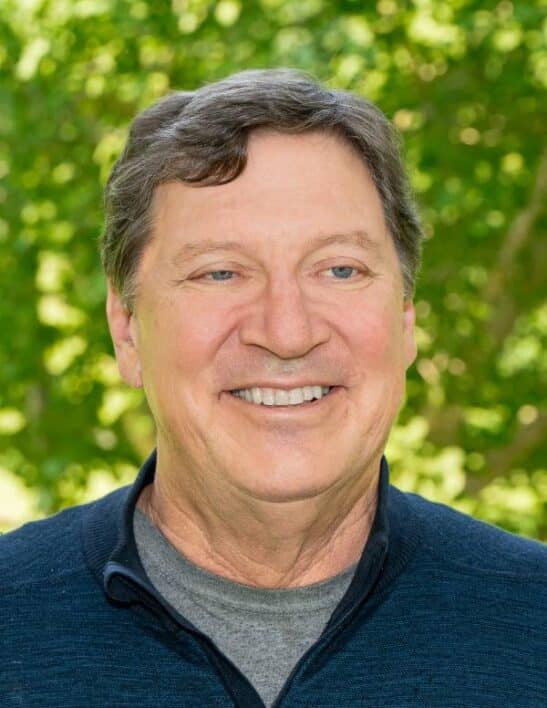This short policy brief dispels the myth that electricity portfolios with high penetrations of variable renewable resources threaten reliability. The authors review eight recent studies commissioned by utilities, governments, and non-governmental organizations to address this issue, and find that none suggest insurmountable reliability problems. The studies reviewed by RAP conclude that, 1. Renewable penetrations beyond current state renewable portfolio standards can be accommodated with current electric system flexibility, 2. Proven technologies and practices can dramatically reduce the cost of operating high penetration variable renewable energy portfolios, and 3. Some of the studies examined very high penetration levels and showed that these same technologies and practices can improve system flexibility and enable the electric system to operate reliably with renewable penetrations well above 50 percent. In short, clean energy portfolios can keep the lights on.
Clean Energy Keeps the Lights On
June 2, 2014
- By
- Carl Linvill ,
- Janine Migden-Ostrander ,
- Michael Hogan



